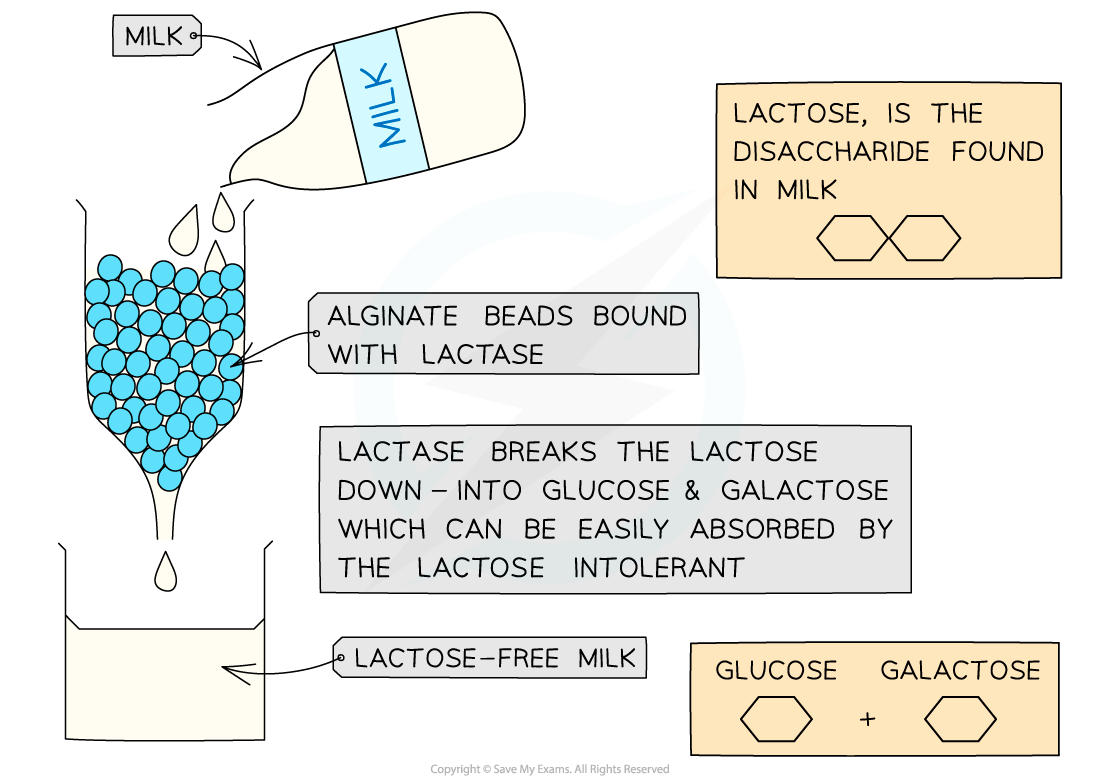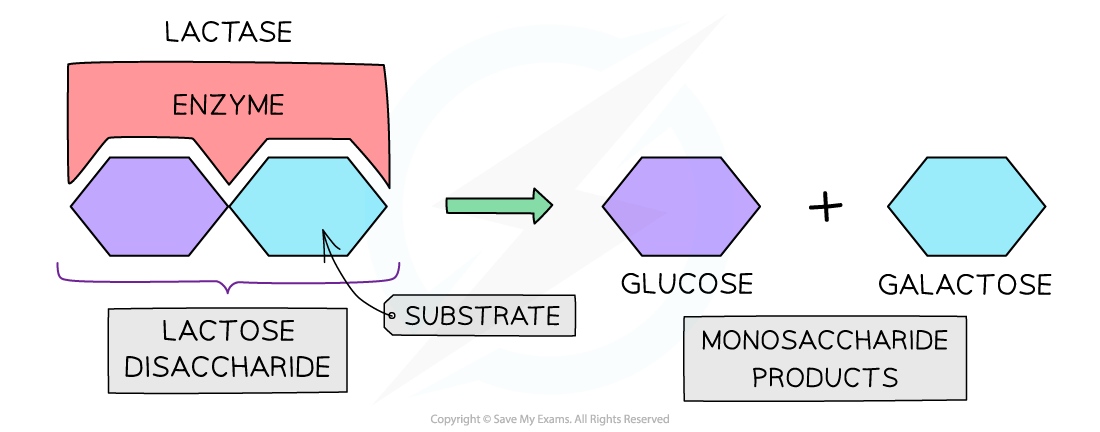Enzyme Activity: Immobilised v Free (Cambridge (CIE) AS Biology): Revision Note
Exam code: 9700
Enzyme activity: immobilised v free
Enzymes can be added to solutions and are thereby considered ‘free’ or they can be immobilised
Investigations with free enzymes are carried out with an enzyme added to a solution
Depending on the needs of an investigation, substrate can be added directly to the solution or the enzyme solution can be added in a more controlled way to a substrate
Immobilised enzymes are enzymes that have been bound to an inert, stationary and insoluble material such as alginate
The substrate is then passed over the immobilised enzyme and the product is collected
Advantages to this method:
There is no enzyme in the product (the product is uncontaminated) and therefore there is no need to further process or filter the end product
The immobilised enzyme can be reused multiple times which is both efficient and cost-effective (enzymes are expensive)
Immobilised enzymes have a greater tolerance of temperature and pH changes (immobilisation often makes enzymes more stable)
A practical application of immobilised enzymes used in the food industry is in the production of lactose-free milk:
Milk is a valuable source of nutrients containing protein, fat and the carbohydrate lactose
Lactose is a disaccharide that is broken down into glucose and galactose
5-10% of the UK population are lactose intolerant

Using the enzyme lactase, as shown above, is an efficient way to remove lactose from milk and to provide lactose intolerant individuals with a way of consuming milk without suffering intolerance symptoms:
The enzyme lactase can be immobilised using alginate beads
Milk is run through the column of lactase-containing beads
The lactase hydrolyses the lactose in the milk to glucose and galactose
This ensures the milk is lactose-free
It can also then be used to make other lactose-free dairy products


Unlock more, it's free!
Did this page help you?